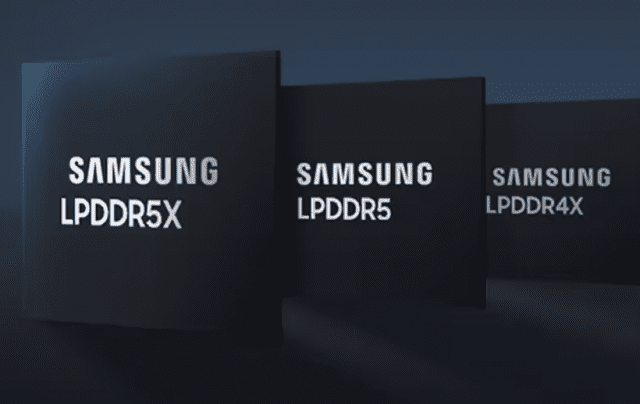
삼성전자, 갤럭시S25향 모바일 '1b D램' 공급 난항
삼성전자가 최선단 모바일용 D램 사업에 난항을 겪고 있다. 최근 갤럭시S25 시리즈에 공급하기 위한 1b D램(5세대 10나노급 D램) 샘플이 저조한 수율 문제로 적기에 공급되지 못한 것으로 파악됐다.4일 지디넷코리아 취재를 종합하면 삼성전자 MX사업부는 지난달 DS사업부에 1b ...
Problems with sample supply schedule due to low yield… MX Division Galaxy S25 D-Lab installation inspection
Input: 2024/09/04 14:32 Modified: 2024/09/04 22:55
Reporter Jang Kyung-yoon
Samsung Electronics is experiencing difficulties in its cutting-edge mobile DRAM business. It was recently discovered that samples of 1b DRAM (5th generation 10nm-class DRAM) to be supplied to the Galaxy S25 series were not supplied in a timely manner due to low yield issues.
According to a comprehensive report by ZDNet Korea on the 4th, Samsung Electronics' MX division conveyed concerns to the DS division last month due to disruptions in the supply of 1b-based LPDDR (low-power DRAM) samples.
1b DRAM is a DRAM with a line width of 12 nanometers (nm), and is the most advanced DRAM currently being mass-produced. In the case of Samsung Electronics, mass production of 16Gb (gigabit) 1b DDR5 began in May of last year. Since then, Samsung Electronics has focused on developing 32Gb 1b DRAM in September of last year, targeting the HPC (high-performance computing) market, and increasing yields.
At the same time, Samsung Electronics has been developing 1b LPDDR products to be installed in mobile devices. The main application is the Galaxy S25 series. The Galaxy S25 is Samsung Electronics’ latest flagship smartphone scheduled to be released in the first quarter of next year.
However, the plan has recently been disrupted. The DS division was supposed to deliver 1b LPDDR samples of various performances, such as 12 and 16Gb, to the MX division by last month, but was unable to supply the required quantity due to yield issues.
Normally , semiconductors need to secure a yield of over 80% to be able to mass-produce and supply stably and economically . The specific yield of Samsung Electronics' 1b DRAM for mobile devices has not been disclosed, but the industry's view is that the yield fell far short of the target, as it was determined internally that it would be difficult to secure sufficient quantities.
A source familiar with the matter said, "The supply schedule is being delayed because the yield of 1b DRAM for mobile devices has not improved as much as initially expected," and "MX has protested and is currently reviewing its DRAM installation plans."
Another official explained, "There has been considerable progress in improving the yield of 1b DRAM for high-performance computing (HPC), but the yield of mobile DRAM is relatively low," and "If the problem is not resolved, it could have a negative impact on the unit price of Samsung Electronics' mobile DRAM in the third quarter."
Last edited:
